“Effective and Safe Fecal Deterrents for Dogs: A Comprehensive Guide to Managing Unwanted Elimination”
What is Fecal Deterrent?
Fecal Deterrent for dogs is a veterinary product formulated to help manage and reduce undesirable defecation behavior. It is commonly used as part of behavioral training programs to support housebreaking and maintain cleanliness in both indoor and outdoor environments. By discouraging dogs from defecating in unwanted areas, it promotes better hygiene and easier pet management for owners.
Understanding Fecal Deterrent for Dogs: An Overview
Fecal deterrents typically contain ingredients that create an unpleasant association with defecating in specific areas without harming the dog. This product is designed to be safe, non-toxic, and effective when used according to instructions. The deterrent acts by making the treated areas less appealing, helping dogs learn to avoid them over time.
Medical Uses and Applications
Fecal deterrents are specialized products designed to discourage dogs from defecating in unwanted areas. While not a medication in the traditional sense, their application has important behavioral and environmental health benefits that contribute to the overall well-being of dogs and their owners.
1. Behavioral Management
- Prevention of Inappropriate Defecation: Fecal deterrents are primarily used to train dogs to avoid defecating in specific indoor or outdoor areas, such as carpets, furniture, gardens, patios, or pathways.
- Support for House Training: For puppies or newly adopted dogs, these products can reinforce proper toilet habits by marking off-limit areas and guiding dogs to preferred elimination spots.
- Correction of Marking Behavior: In some cases, dogs may repeatedly soil the same locations. Fecal deterrents help break this pattern by creating an unpleasant association with those areas.
2. Environmental Hygiene
- Reducing Fecal Contamination: By discouraging defecation in high-traffic or shared spaces, fecal deterrents help maintain cleaner environments, reducing exposure to parasites, bacteria, and odors.
- Protecting Property: They prevent damage caused by feces to carpets, flooring, garden beds, and outdoor furniture, thereby preserving the aesthetic and functional value of these areas.
3. Support During Transitions and Stressful Events
- Managing Stress-Related Accidents: Dogs often have accidents due to anxiety triggered by travel, relocation, or changes in routine. Using fecal deterrents in sensitive areas helps minimize these incidents.
- Assisting Multi-Pet Households: In homes with multiple dogs, fecal deterrents can manage territorial soiling and promote harmony by designating appropriate elimination zones.
4. Adjunct to Veterinary Treatment
- Complement to Medical Therapies: Dogs recovering from gastrointestinal illness or surgery may temporarily lose control over elimination. Fecal deterrents help manage the environment during this period, preventing soiling of indoor areas.
- Facilitating Behavioral Therapy: For dogs undergoing behavioral modification programs addressing inappropriate elimination, fecal deterrents serve as a non-invasive tool to support training efforts.
Proper Administration and Dosage Guidelines
Using a fecal deterrent effectively requires following specific guidelines to ensure safety and maximize results. Below are detailed instructions to help pet owners properly administer this product:
1. Identify Target Areas
- Apply the fecal deterrent only on surfaces or locations where you want to prevent your dog from defecating. Common areas include carpets, furniture, specific yard spots, patios, or garden beds.
- Avoid applying it to places where your dog normally eliminates or plays to prevent confusion.
2. Application Method
- Depending on the product form (spray, powder, or liquid), follow the manufacturer’s instructions carefully.
- For sprays or liquids, evenly coat the targeted area without oversaturating the surface.
- If powder-based, sprinkle the recommended amount thinly and evenly.
3. Dosage and Frequency
- Use the amount specified on the product label to avoid over-application, which may cause irritation or be less effective.
- Reapply the product regularly, especially after cleaning the treated areas or exposure to rain and moisture. This maintains the deterrent’s effectiveness.
- Typically, reapplication is suggested every few days or as indicated by the product guide.
4. Avoid Direct Contact with Pets
- Never apply the fecal deterrent directly onto your dog’s fur or skin. It is designed only for environmental application.
- Ensure that your pet does not lick or ingest the product from treated surfaces.
5. Combine with Training
- For optimal results, use the fecal deterrent as part of a comprehensive training plan.
- Reinforce positive bathroom habits by praising your dog when they eliminate in the correct place.
- Consistency is key: regular application and reinforcement help your dog learn faster.
6. Safety Precautions
- When not using, store the product away from children and pets to prevent accidental exposure.
- Wash hands thoroughly after application.
- If your dog shows signs of irritation or distress after contact with the treated area, wash the area with water and consult your veterinarian.
Safety Profile and Considerations
When using a fecal deterrent for dogs, safety is a top priority. Understanding the product’s safety profile and necessary precautions ensures it is used effectively without harming your pet or household environment.
1. General Safety
- Fecal deterrents are formulated to be non-toxic and safe for use in environments frequented by dogs and humans.
- Most products use natural or mild chemical ingredients that create an unpleasant smell or taste to discourage defecation without causing pain or harm.
2. Potential Side Effects
- Although uncommon, some dogs may show mild reactions such as:
- Skin or paw irritation if they come into direct contact with heavily treated surfaces.
- Sneezing or mild respiratory irritation due to strong odors or sprays.
- Monitor your dog for any signs of discomfort, excessive licking of treated areas, or unusual behaviors after application.
3. Precautions
- Refrain from placing the deterrent on your pet or near their eating and drinking areas.
- Use the product strictly as directed on the label to prevent overuse or misuse.
4. Allergic Reactions
- In rare cases, dogs with sensitivities or allergies to certain ingredients may develop mild allergic reactions, including redness, itching, or swelling.
- If any allergic symptoms appear, discontinue use immediately and consult your veterinarian.
5. Environmental Considerations
- Ensure the product is safe for the surface being treated (e.g., carpets, wooden floors, outdoor plants).
- Some deterrents may cause discoloration or damage if over-applied; always test a small inconspicuous area first.
6. Veterinary Consultation
- Consult your veterinarian before starting use, especially if your dog has pre-existing health conditions or skin sensitivities.
- Seek veterinary advice if your dog shows persistent adverse reactions or if unwanted defecation behavior continues despite product use and training.
Patient Information and Support
- Educate pet owners on the importance of consistent use and training routines.
- Provide guidance on environmental management to complement the deterrent’s effects.
- Offer support through follow-up consultations or training referrals if needed.
Research and Future Directions
Ongoing research aims to improve the formulation of fecal deterrents to enhance effectiveness, longevity, and safety. Innovations may include natural or pheromone-based ingredients to create more humane and dog-friendly behavior modification tools. Future developments will focus on integrating these products into comprehensive canine behavioral health programs.
Conclusion
Fecal deterrents for dogs provide an effective and humane solution for managing unwanted defecation in specific areas. When used correctly alongside consistent training, these products help promote better hygiene and protect your living spaces from damage and odors. Ensuring proper application, dosage, and adherence to safety guidelines minimizes any potential risks to your pet’s health and well-being. Always monitor your dog’s behavior and health during use, and consult a veterinarian if you notice any adverse reactions or persistent issues. With responsible use, fecal deterrents can be a valuable tool in maintaining a clean and comfortable environment for both you and your dog.







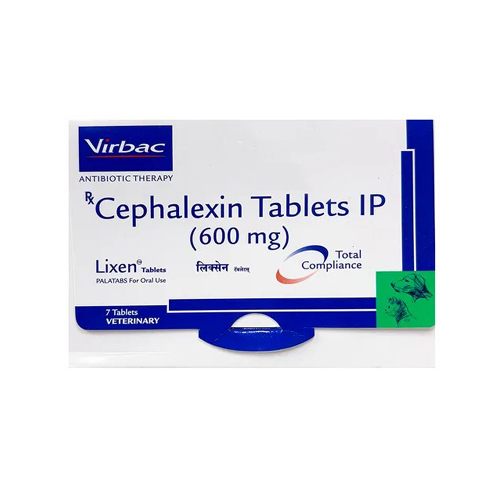
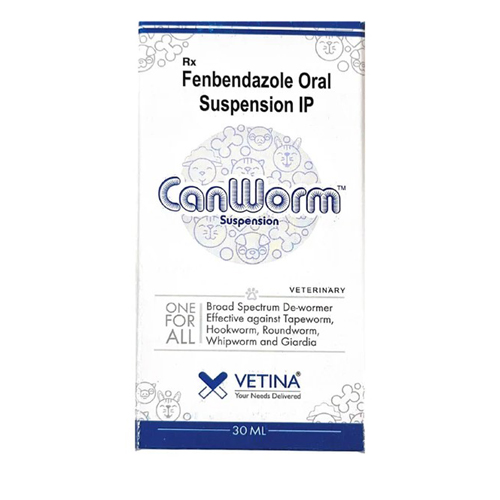



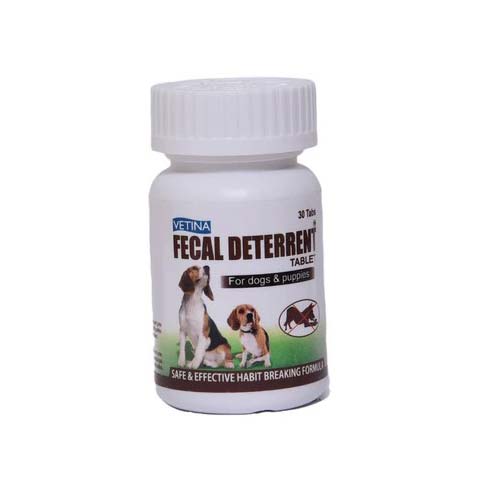
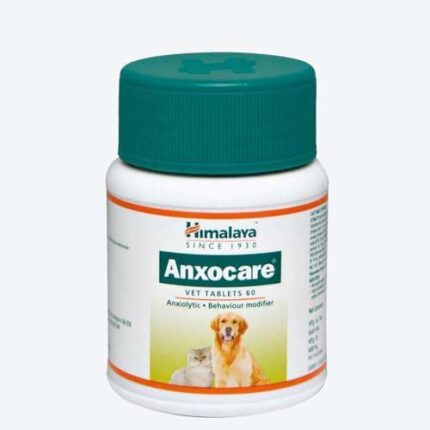
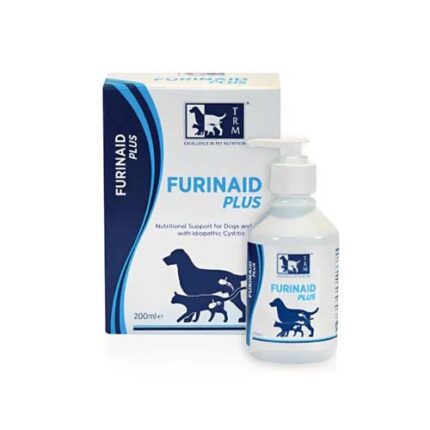
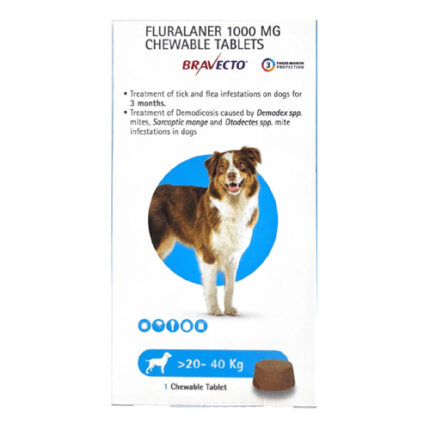
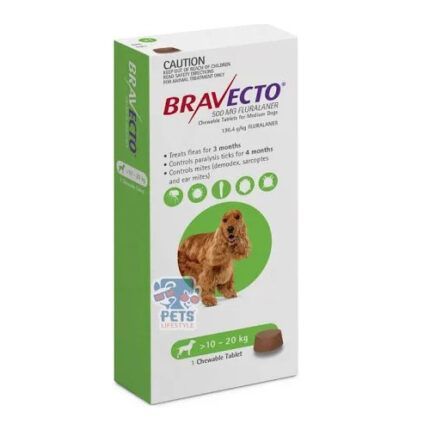
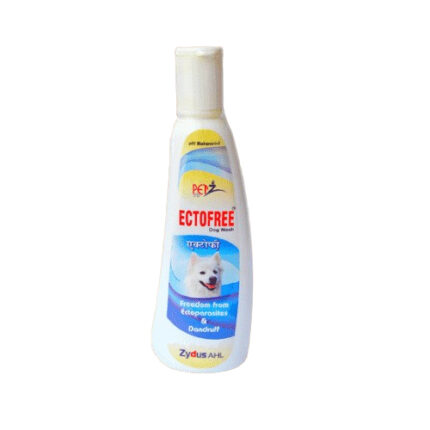
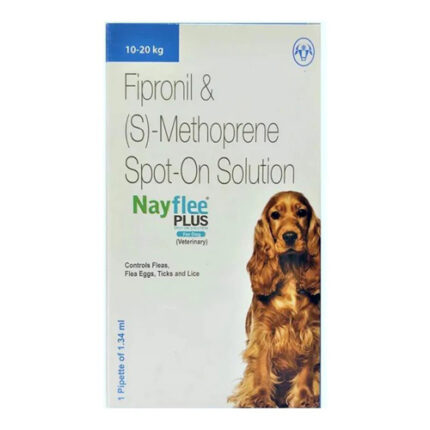
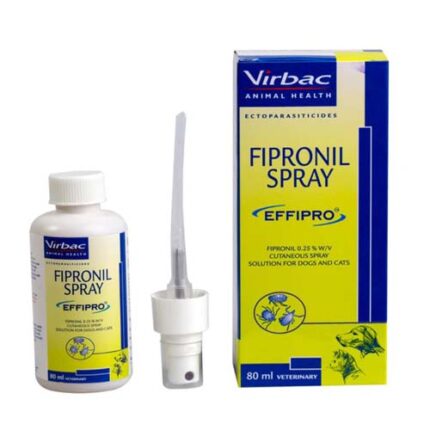
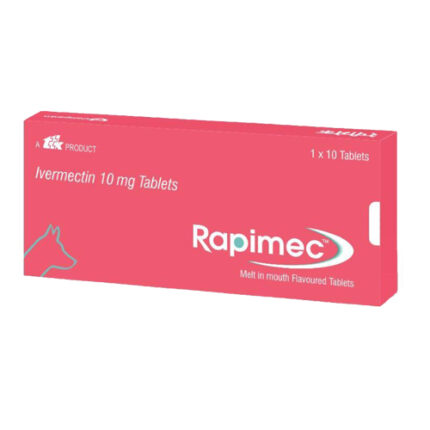
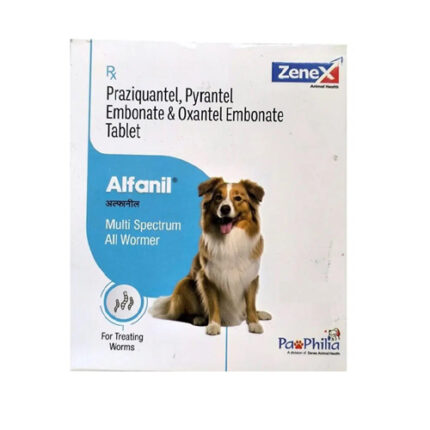

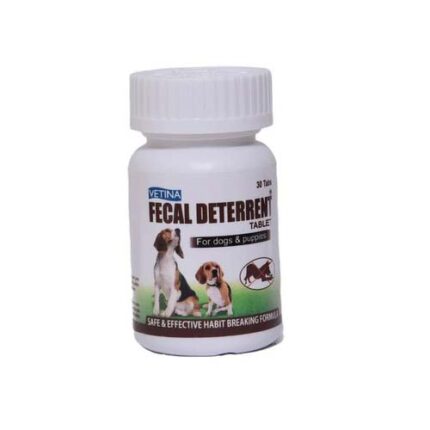
Reviews
There are no reviews yet.